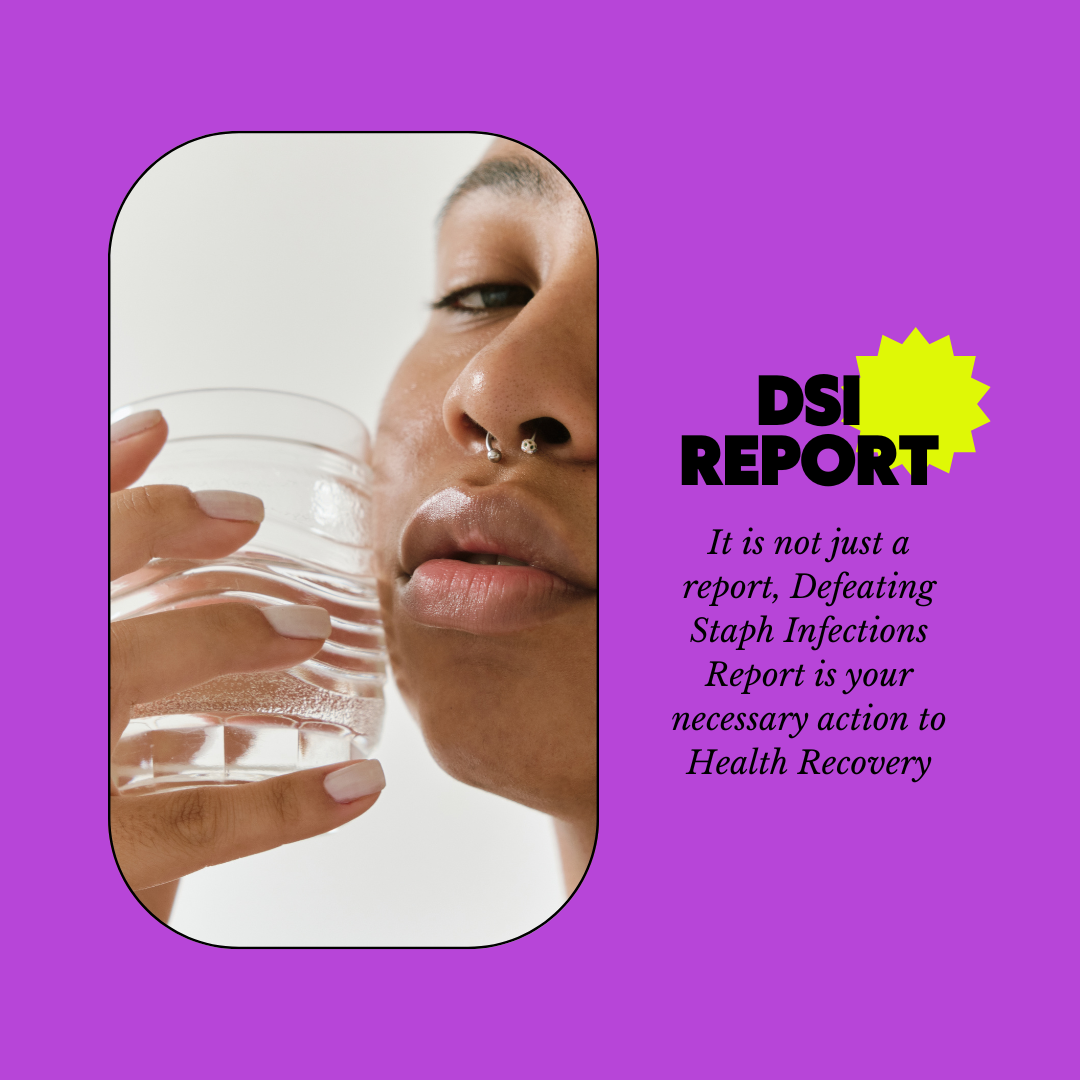What role do disinfectants play in preventing the spread of Staphylococcus at home?
Disinfectants play a crucial role in preventing the spread of Staphylococcus and other pathogens in the home environment. Their primary function is to kill or deactivate pathogens on various surfaces, which is essential for maintaining a sanitary environment. Here’s a detailed look at the role of disinfectants:
1. Killing Pathogens:
Disinfectants are designed to kill bacteria and viruses on surfaces. When used correctly, they can effectively reduce the number of microbial contaminants, including Staphylococcus, which can inhabit different areas of the home. This is particularly important for surfaces that come into frequent contact with hands or food.
2. Preventing Cross-Contamination:
Regular use of disinfectants on high-touch surfaces (like doorknobs, light switches, countertops, and bathroom fixtures) can prevent the transfer of bacteria from these surfaces to individuals. This is critical in stopping the cycle of contamination that can lead to infections.
3. Reducing Healthcare-Associated Infections:
For households with family members who have a compromised immune system or are recovering from surgery, the use of disinfectants can be vital. It helps prevent healthcare-associated infections that could complicate recovery or lead to severe health issues.
4. Supporting General Hygiene:
Integrating the use of disinfectants into regular cleaning routines supports overall hygiene and cleanliness in the home. This not only helps in controlling the spread of Staphylococcus but also other harmful microorganisms.
Best Practices for Using Disinfectants at Home:
Select the Right Disinfectant: Use a disinfectant that is effective against bacteria. EPA-registered disinfectants that list effectiveness against Staphylococcus aureus are a good choice.
Follow Label Instructions: Proper usage is crucial. This includes adhering to recommended contact times (the time surfaces must remain wet with the disinfectant to kill bacteria effectively), dilution ratios, and safety precautions.
Focus on High-Touch Areas: Regularly disinfect areas that are frequently touched by multiple people, such as kitchen and bathroom surfaces, doorknobs, and electronic devices.
Routine Cleaning: Clean surfaces with soap and water before disinfecting. Organic matter can reduce the efficacy of disinfectants, so cleaning is a critical first step.
Safe Use: Ensure proper ventilation when using chemical disinfectants. Some products can release vapors that may be irritating to the respiratory system or harmful if ingested or contacted with skin.
Use Disposables When Necessary: For highly contaminated areas, consider using disposable wipes or paper towels that can be thrown away after use to avoid spreading germs.
By incorporating the effective use of disinfectants into regular cleaning routines, households can significantly lower the risk of Staphylococcus infections and maintain a healthier living environment. This proactive approach is especially important in settings where individuals are at higher risk of infection due to age, illness, or compromised immune systems.






Post a Comment